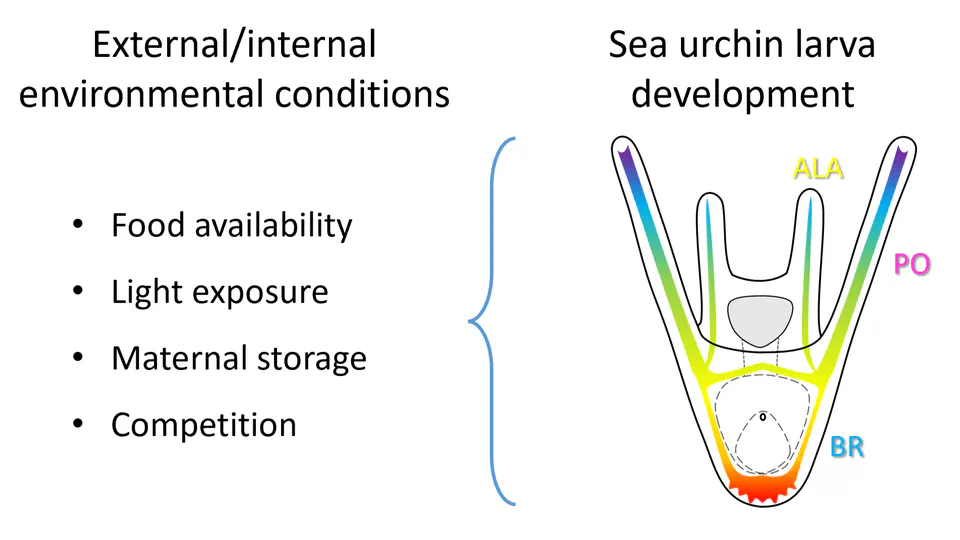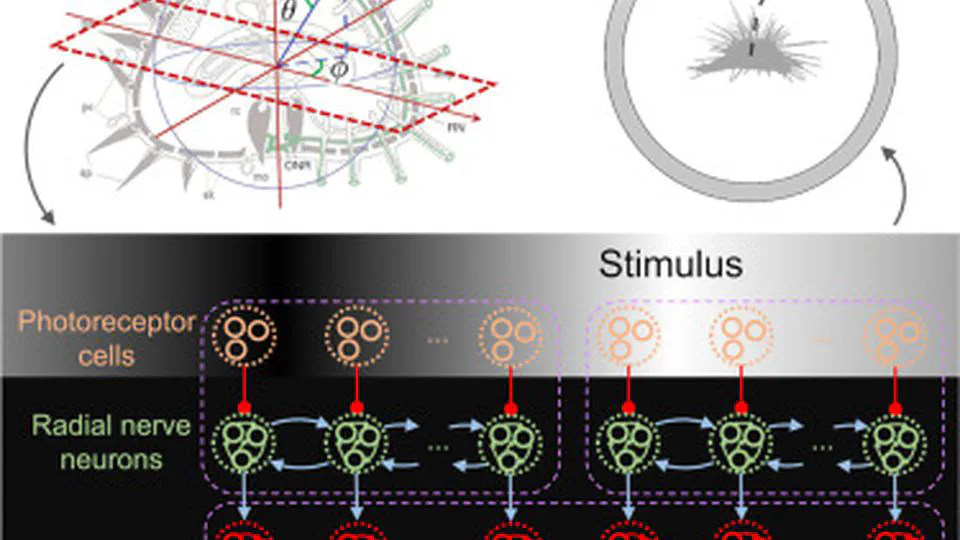About Me
I am a life science researcher, interested in invertebrate vision, scientific data analysis and scientific communication. I carried out my doctoral research on spatial vision in simple visual systems at Lund University, Sweden. I am a postdoc at Arquimea Research Centre, La Laguna, Spain.
Interests
- Data Science
- Computational Biology
Education
PhD Sensory Biology
Lund University
MSc Molecular Evolution
University College Dublin
BSc (Hons) Zoology
University College Dublin
📚 My Research
My current research focuses on data science in the life science domain.
Featured Publications
Recent Publications
(2025).
Phenotypic response to food availability in sea urchin larvae and impact of light during development and growth.
Frontiers in Ecology and Evolution.
(2023).
A Model of Decentralized Vision in the Sea Urchin Diadema africanum.
iScience.
(2021).
Run and Hide: Visual Performance in a Brittle Star.
Journal of Experimental Biology.
(2020).
Chicken colour discrimination depends on background colour.
Journal of Experimental Biology.
(2020).
Extraocular Vision in a Brittle Star Is Mediated by Chromatophore Movement in Response to Ambient Light.
Current Biology.
Recent & Upcoming Talks


